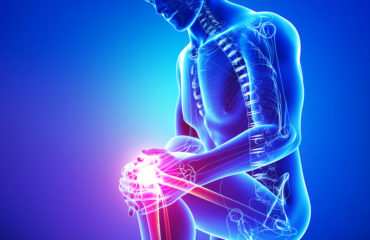If you’re a sporty type you might have heard of friends tearing their meniscus, or suffering a meniscal tear as part of their anterior cruciate ligament (ACL) tear. But what is a meniscal tear and who is at risk of suffering the injury?
What is a meniscal tear?
There are two menisci found within the knee (the medial and lateral menisci), which act as shock absorbers between the top of the leg (the femur bone) and the lower leg (the tibia). There are two primary ways these menisci can tear, either by traumatic injury or degenerative wear. Degenerative changes typically happen in older people who have knee joint arthritis whilst traumatic tears are common in sports teams.
How does a Doctor know I have a meniscal tear?
If you are seeing your doctor about knee pain and are worried about the possibility you could have torn the menisci – it can be helpful to understand the process the doctor is undertaking to either confirm or dispute the presence of a meniscal tear. The will start by asking you a few questions about the knee pain and how it happened. A few of these questions include:
- How painful is it? For tears, the pain can be moderate-severe and can be both continuous or intermittent.
- Did you have any swelling when it was injured? They will usually ask if you had any knee swelling – if an injury took place on the sports field then this comes on a few hours after the injury.
- Does it buckle or give way? Many patients typically describe a sensation of the knee feeling loose or of it buckling/catching.
- Was there an inciting event? Aka did you twist during sport etc
- Have you had any previous knee problems? Patients with osteoarthritis or ACL injuries are more likely to get meniscal tears of the knee.
They will then move on to an examination. Specialist doctors at knee centre across the country will usually be able to tell during the examination what the injury is and order imaging afterward to confirm their suspicion. They can do a number of specialist knee tests including:
- A McMurray’s test: The doctor will have you lying on the couch with your knee flex. They flex your hip rotates your foot. If this is painful it suggests the meniscus is torn.
- Apley’s Test: The patient lies on their front and flexes their knee to 90 degrees. The doctor places weight on the lower leg while rotating the foot. Patients with a tear often feel pain
- Hyperextension test: The knee often hyperextends in patients with meniscal tears
The physician then might offer you imaging. This is usually in the form of an MRI scan of the knee and an X-ray of the knee (this can show arthritis changes amongst other things). Typically the MRI scan is the diagnostic test which confirms the doctors’ suspicion of a tear. If you or somebody you know is suffering from knee pain – consider it might be a meniscal tear and get seen by one of the specialist centers for orthopedics across the United States.


